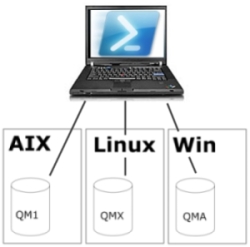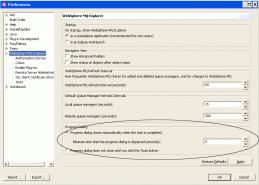We’re moving to join the developerWorks hosted blog on messaging – so please update your bookmarks and feed-readers to point to:
http://www.ibm.com/developerworks/blogs/page/messaging/
The new blog covers more than just WebSphere MQ, so if you also work with products such as WebSphere Message Broker, you should find even more to interest you. If it’s just WMQ you want, there is a WMQ-only feed.
We will leave these posts up for as long as possible, as a resource for people who find this site via Google, but we won’t be adding any new posts here.
Thanks to everyone who has read and commented on our posts here, and we hope you enjoy the developerWorks blog.

 With this
With this 
You must be logged in to post a comment.